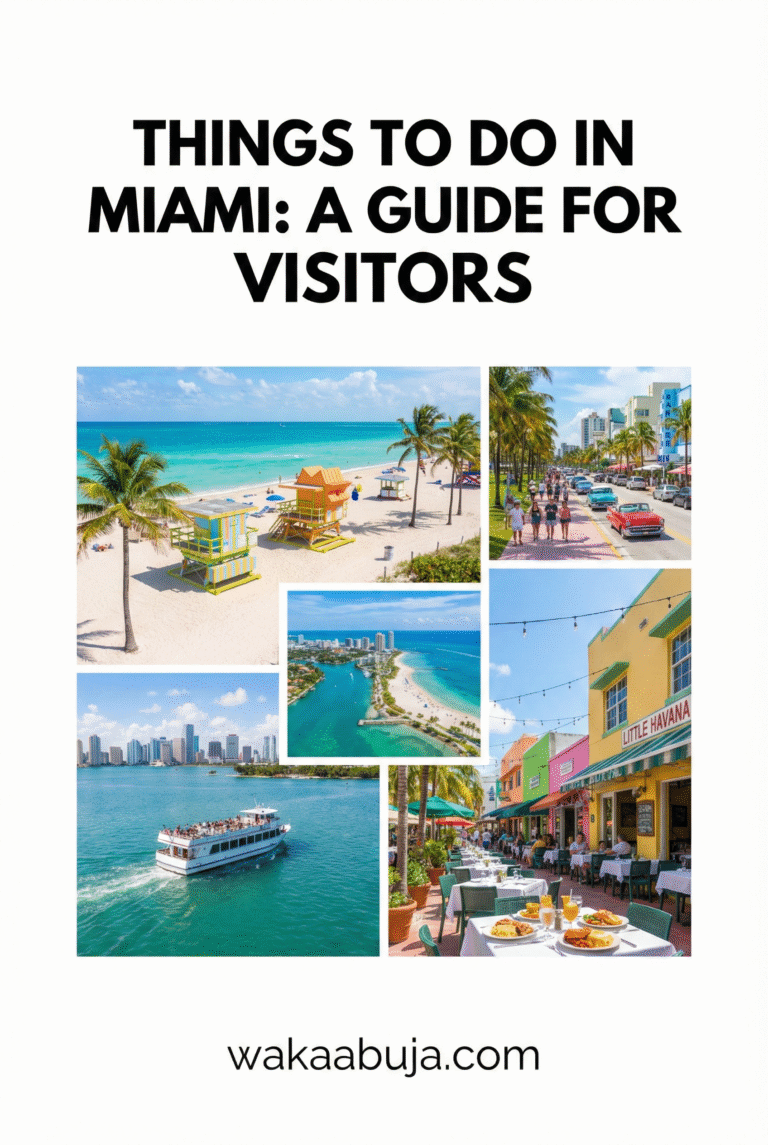TL;DR – Quick Kefalonia Essentials
Where: Largest Ionian island, Greece, known for stunning beaches, caves, and charming villages.
Top Things to Do: Visit Myrtos & Antisamos beaches, explore Melissani & Drogarati caves, stroll through Assos and Fiskardo villages, and hike Mount Ainos.
When to Go: Late May to early October for the best weather and fewer crowds.
Getting Around: Rent a car for flexibility; local buses are available but limited.
Typical Stay: 5–7 days to fully experience the island’s highlights.
Budget: Moderate; expect €50–€100/day excluding accommodation.
Safety: Very safe; standard travel precautions advised.
Discover Kefalonia: A Local’s Perspective
Having visited Kefalonia multiple times, I can confidently say this island is a treasure trove of natural beauty and authentic Greek culture. From the moment you arrive—whether by ferry or plane—you’ll feel the island’s laid-back charm and stunning landscapes envelop you. The island is less commercialized than other Greek hotspots, which means you get to experience genuine local life alongside breathtaking scenery.
Kefalonia’s signature beaches, like Myrtos and Antisamos, are even more spectacular in person than in photos, with turquoise waters framed by dramatic cliffs. But don’t just stick to the coast—explore hidden villages like Assos with its Venetian castle ruins or Fiscardo, a picturesque harbor town where time seems to stand still.
How to Get to Kefalonia
Kefalonia is accessible by air and sea.
- By Air: Kefalonia International Airport (EFL) connects with Athens and several European cities during peak season.
- By Ferry: Regular ferries run from the mainland port of Patras and from Zakynthos, making it easy to combine island hopping.
For the best experience, I recommend flying in and renting a car upon arrival to explore the island freely.
Getting Around Kefalonia: Pro Tips
Renting a car is the most convenient way to get around Kefalonia. The island’s winding coastal roads offer some of the most scenic drives you’ll ever experience, from mountain passes to seaside cliffs. Public buses exist but are infrequent and don’t reach all the hidden gems.
When driving, be mindful of narrow roads and occasional sharp turns, especially near villages like Assos. Parking is generally available but can fill up during peak season at popular spots.
Where to Stay: Best Areas and Accommodation Types
Choosing your base depends on your travel style:
Argostoli
The island’s capital offers a lively atmosphere with shops, cafes, and easy access to nearby beaches. Ideal for first-timers wanting convenience.
Fiscardo
Charming and picturesque, perfect for travelers seeking tranquility and authentic village vibes with waterfront tavernas.
Lourdas & Skala
Great for families and beach lovers, these areas offer organized beaches and a variety of accommodation options.
Top Things to See and Do in Kefalonia
Here’s a curated list of must-visit spots and activities that capture Kefalonia’s essence:
1. Myrtos Beach
Arguably Greece’s most iconic beach, Myrtos dazzles with its white pebbles and striking turquoise waters framed by towering cliffs. Arrive early to avoid crowds and enjoy a peaceful swim.
2. Melissani Cave
Take a magical boat tour inside this underground lake, where sunlight filters through a collapsed roof, illuminating the crystal-clear waters in surreal blues and greens.
3. Assos Village & Venetian Castle
Explore the colorful houses and cobbled streets of Assos, then hike up to the Venetian fortress for panoramic views of the Ionian Sea and surrounding landscape.
4. Drogarati Cave
Marvel at impressive stalactites and stalagmites in this ancient cave, known for its excellent acoustics and unique underground atmosphere.
5. Antisamos Beach
A lush, green-backed bay with crystal-clear waters, perfect for swimming, snorkeling, and enjoying beach bars with local specialties.
Suggested Length of Stay & Itinerary Tips
To truly soak in Kefalonia’s magic, plan for at least 5 to 7 days. This allows time to explore both the popular beaches and hidden gems without rushing.
Here’s a sample itinerary outline:
- Day 1: Arrive in Argostoli, explore the town and nearby beaches.
- Day 2: Visit Melissani and Drogarati Caves, then relax at Antisamos Beach.
- Day 3: Drive to Assos, hike the Venetian castle, and enjoy the village atmosphere.
- Day 4: Spend the day at Myrtos and Petani beaches.
- Day 5: Explore Fiskardo village and nearby coves.
- Day 6: Optional hiking on Mount Ainos or visiting local wineries.
- Day 7: Leisure day for shopping, dining, or revisiting favorite spots.
Typical Costs & Money-Saving Tips
Kefalonia offers a range of options for different budgets:
Accommodation
Budget hotels and guesthouses start around €40/night; mid-range options €70–€120; luxury villas and resorts €150+.
Food & Dining
Local tavernas offer meals for €10–€20; fine dining can be €30+ per person. Try local specialties like fresh seafood and Kefalonian meat pies.
Transportation
Car rental averages €30–€50/day. Buses are cheaper but less convenient.
Money-saving tips: Book accommodations early, eat at local tavernas away from main tourist spots, and rent a car for several days to explore efficiently.
Safety and Emergency Contacts
Kefalonia is a very safe destination with low crime rates. Standard travel precautions apply: keep valuables secure and be cautious when driving on narrow roads.
Important emergency numbers:
Tours and Activities Worth Booking
To enrich your Kefalonia experience, consider these guided tours:
- Boat tours around Melissani Cave and nearby hidden beaches.
- Hiking tours on Mount Ainos with expert guides explaining local flora and fauna.
- Wine tasting tours visiting Kefalonia’s boutique wineries.
- Cultural tours exploring ancient ruins and Venetian castles.
Interactive Map: Key Kefalonia Destinations
FrequentlyAsked Questions
What is the best time to visit Kefalonia?
Late May through early October offers warm weather and sunny days, ideal for beach and outdoor activities.
How do I get around Kefalonia without a car?
Public buses connect main towns but are limited. Taxis and occasional guided tours can supplement transport, but renting a car is highly recommended.
Are Kefalonia’s beaches family-friendly?
Yes, many beaches like Lourdas and Skala have shallow waters and facilities suitable for families with children.
Is Kefalonia expensive compared to other Greek islands?
Kefalonia is moderately priced, often more affordable than popular islands like Santorini or Mykonos, especially outside peak season.
What local dishes should I try in Kefalonia?
Don’t miss fresh seafood, Kefalonian meat pies (kreatopita), and local cheeses paired with regional wines.
Final Tip from a Local
Take your time exploring Kefalonia’s less touristy spots, like the village of Old Vlachata or the peaceful coves near Agia Efimia. These hidden gems offer authentic experiences away from the crowds, where you can savor true island life. And always carry cash, as some small tavernas and shops don’t accept cards.




